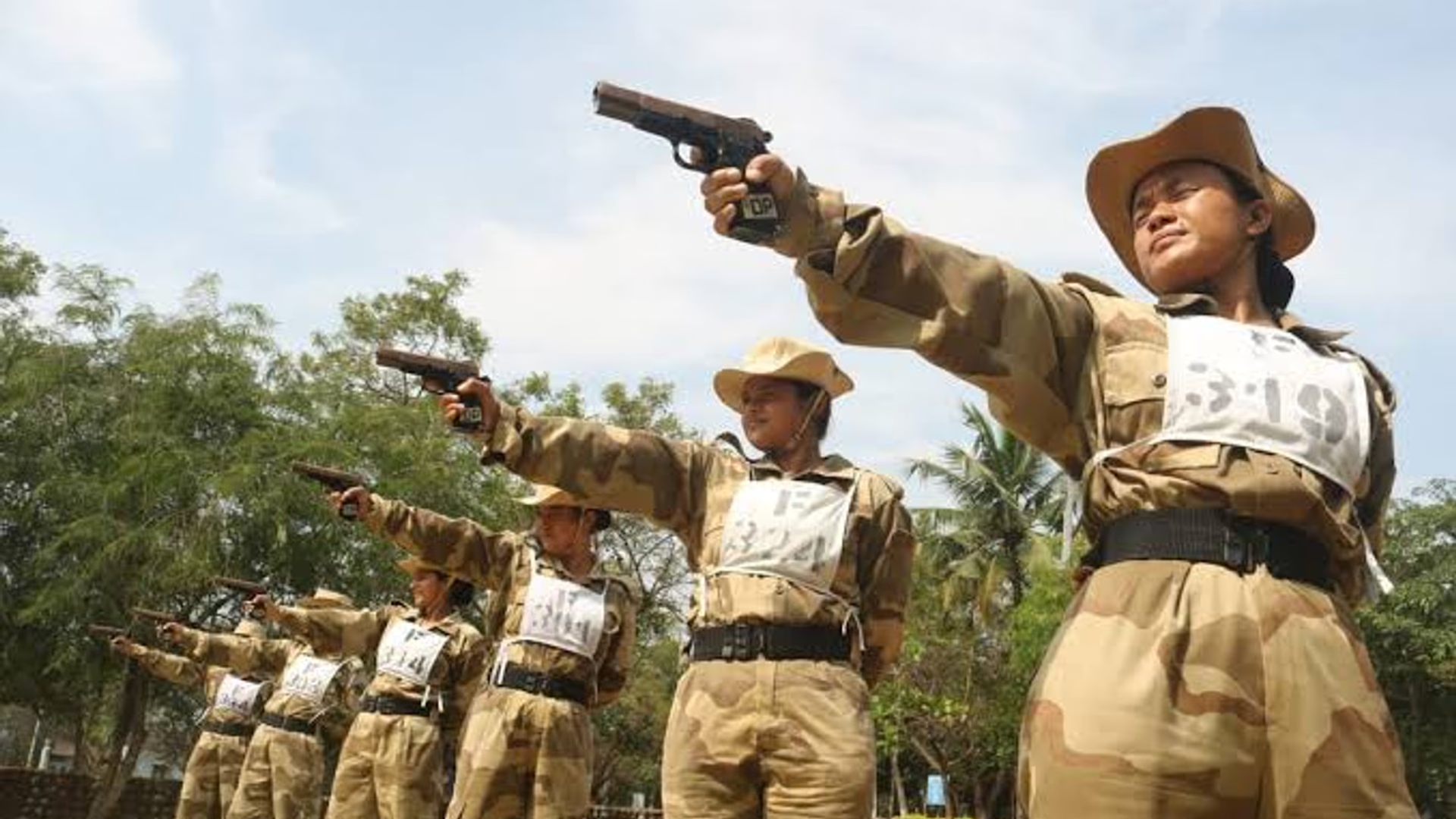China’s New K Visa Challenges US H-1B Tech Talent

The introduction of China’s K visa in 2025 marks shift in the global competition for science and technology talent. This move comes amid tightened US restrictions on the H-1B visa, which has traditionally allowed American tech firms to hire skilled foreign workers. China’s new visa policy aims to attract young foreign professionals in STEM fields, potentially altering the global landscape of innovation and research.
Background of US H-1B Visa Restrictions
The US government imposed stricter rules on the H-1B visa programme to address domestic political pressures. These changes include higher fees and prioritising higher-paid workers. While intended to protect American jobs, such curbs risk harming the US technology sector by limiting access to global talent. Countries like India, which supply many H-1B applicants, face challenges due to these restrictions.
Introduction of China’s K Visa
China launched the K visa category on 1 October 2025, targeting foreign science and technology talents. Eligible applicants include young professionals with bachelor’s degrees or higher in STEM fields from prestigious universities worldwide. The visa offers more flexible entry, longer validity, and broader activity scopes than existing Chinese visas. Crucially, it removes the need for local sponsorship, easing application processes.
Strategic Importance of the K Visa
The K visa builds on China’s earlier R visa for high-level talent and reflects Beijing’s ambition to lead in science and technology. It focuses on attracting the next generation of researchers and innovators. This policy supports China’s goal to enhance research capabilities, encourage innovation in AI, biotechnology, and other critical sectors, and boost industrial competitiveness.
Potential Impact on Global Talent Flows
China’s K visa may benefit from US visa restrictions by attracting foreign professionals deterred by America’s tougher policies. The move signals a shift in global talent dynamics, with China positioning itself as a more welcoming destination for STEM experts. This could weaken the US’s dominance in technology innovation and research.
Challenges for the K Visa Programme
Despite its advantages, the K visa faces hurdles such as China’s economic slowdown, high youth unemployment, and a real estate crisis. These factors may reduce job opportunities and mobility for foreign workers. The lack of clear residency policies and specific visa details also leaves uncertainties for applicants.
China’s Rising Academic and Technological Profile
China’s universities, like Tsinghua and Peking, have climbed global rankings, enhancing the country’s appeal to international scholars. China leads in sectors such as AI, electric vehicles, and rare earth technologies. Its open academic culture and recognition of data scientists contribute to its growing reputation as a research hub.
Implications for India and Asia
China’s aggressive talent strategy pressures India and other Asian countries to strengthen their own education and research systems. Indian policymakers face the challenge of aligning national strategies to remain competitive in attracting and nurturing high-quality STEM talent within the region.






